One of my favorite childhood German dinners that I still love, to this day, is a crispy hot schnitzel. Whenever we travel to Europe, I have to order it if I see that it’s on the menu. A true Austrian Wiener Schnitzel is made with thinly pounded veal, breaded and cooked in oil. If cooked correctly, it’s golden and crispy on the outside (never greasy) and garnished with a lemon wedge. This German version is made with pork. Traditionally, this is served with red cabbage. Don’t forget the lingonberry! It’s as important as cranberry sauce is to turkey.
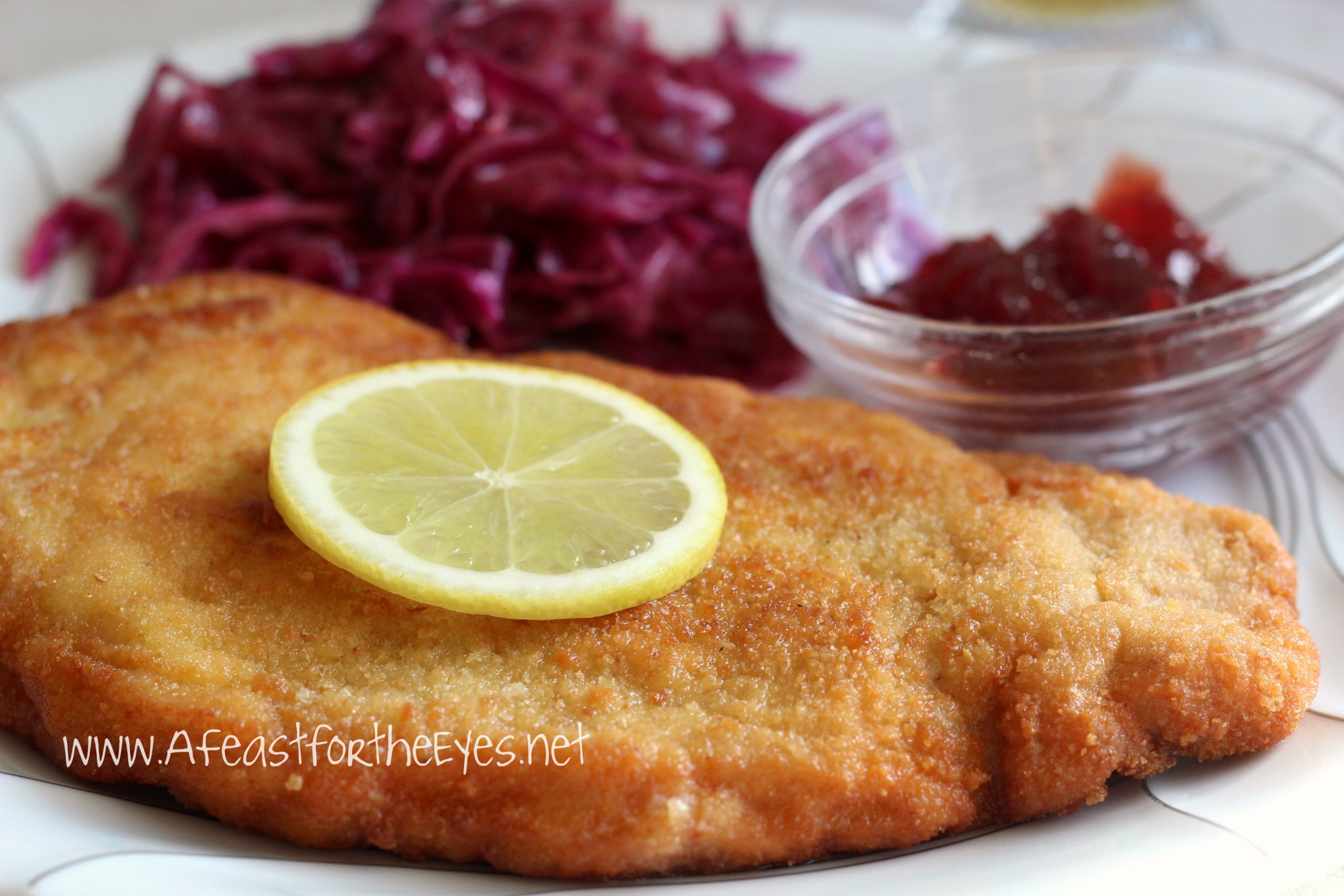
My Bavarian mother used to make Schnitzel and red cabbage for us, as kids. It was one of those meals that she never had to coax me into cleaning up my plate. I even loved red cabbage!
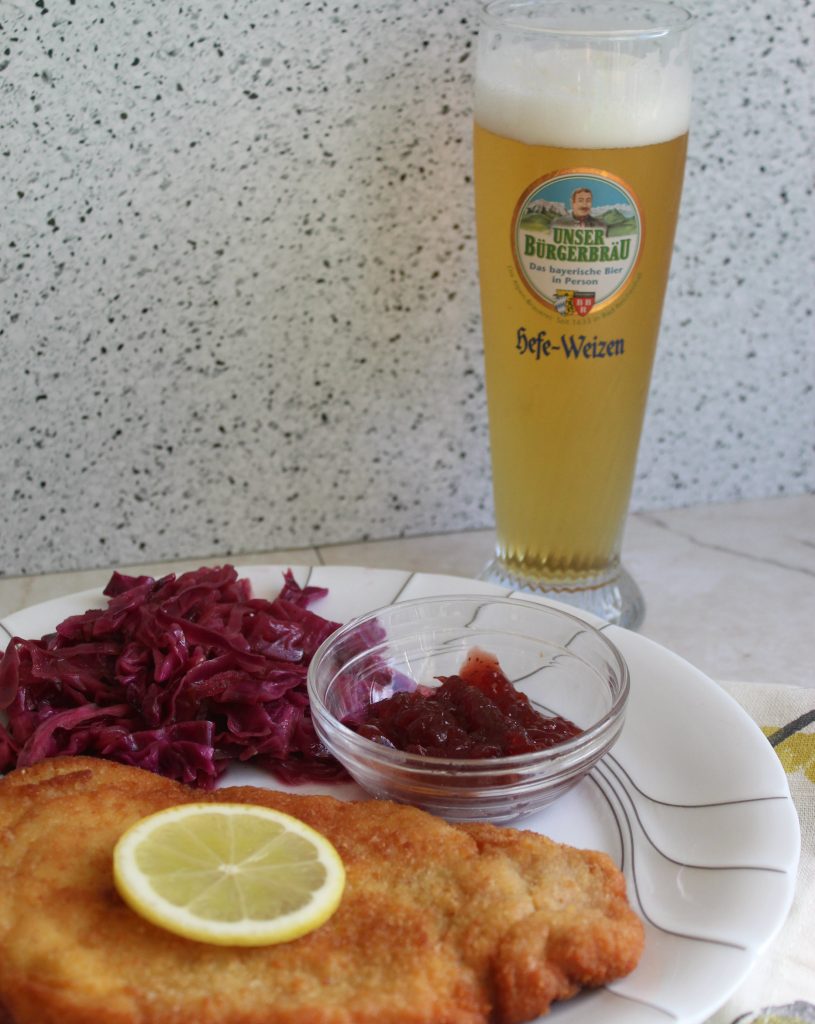
Thankfully, my husband has become as fond of my German food heritage as the rest of my family. When we were in Bavaria in 2016 and 2018, we both order Schnitzel several times. We absolutely love thinly pounded pork, coated with bread crumbs and cooked until warm and crisp. I really don’t have a recipe, because it’s so simple to prepare. I’ve made schnitzel so many times, that I’ve lost count!
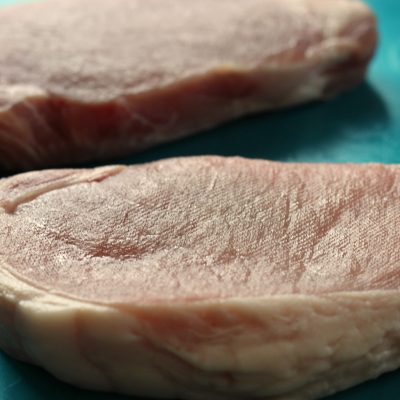
In Austria, you would order Wiener Schnitzel– and that is made with veal. When we are in Bavaria, we ask for Schnitzel, which is made with pork. Here, in the USA, I buy a pork loin roast and slice them about 1″ thick.

I pat the chops dry, place a layer of plastic wrap on top and then pound them as thinly as I can.
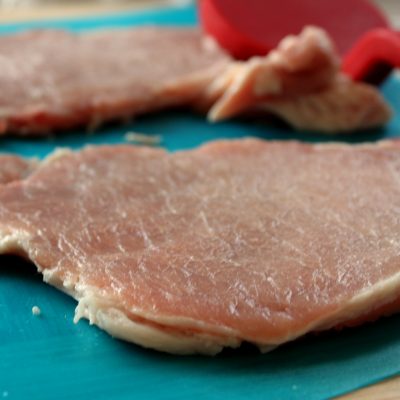
That looks pretty good!

I’ve set up my “breading station” with pie plates– one with AP flour, beaten eggs and unseasoned bread crumbs.

First, the pork is coated in flour (shake off excess flour), then dipped into egg, and then given a generous coating of bread crumbs.
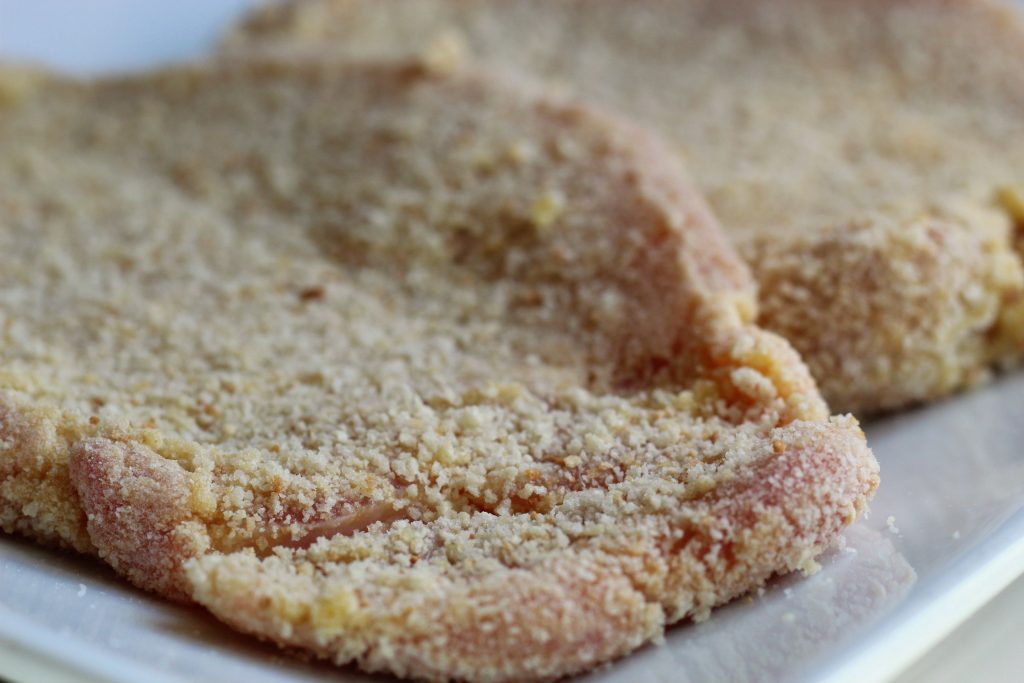
I’ve prepared the schnitzel in advance, right up to this point. I’ve covered the plate with plastic wrap and have kept these refrigerated up to the point where company arrives– and I’m ready to cook them.
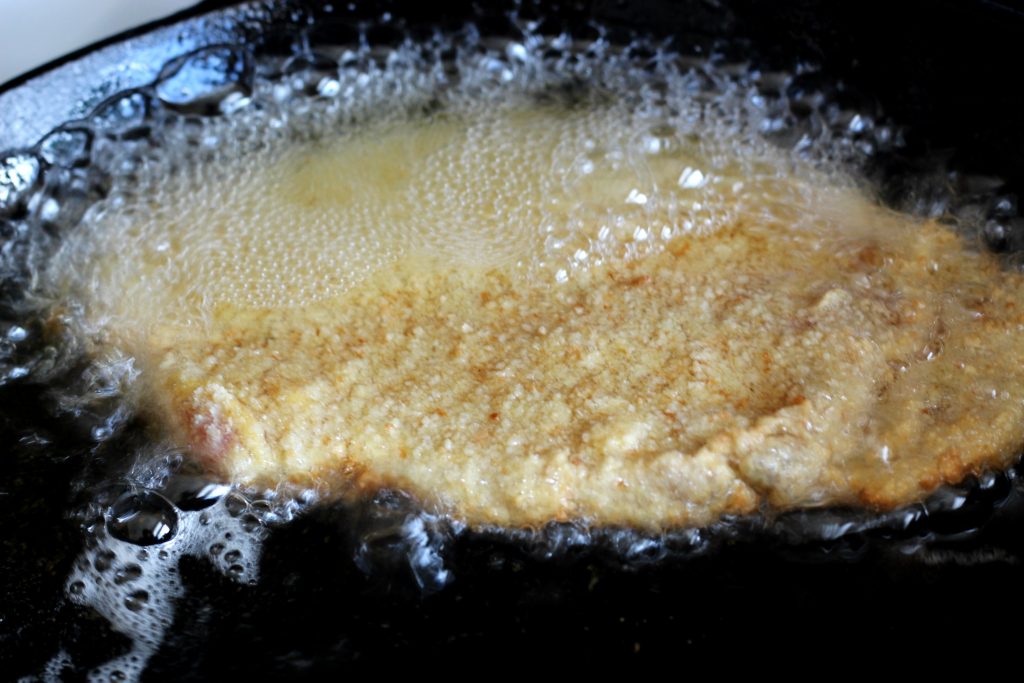
I like to use my cast iron skillet. I pour enough oil (I use avocado oil) to evenly coat the pan (about 1/4″ to 1/2″). You want the oil to be really HOT, so that when the schnitzel hits the pan it immediately sizzles.
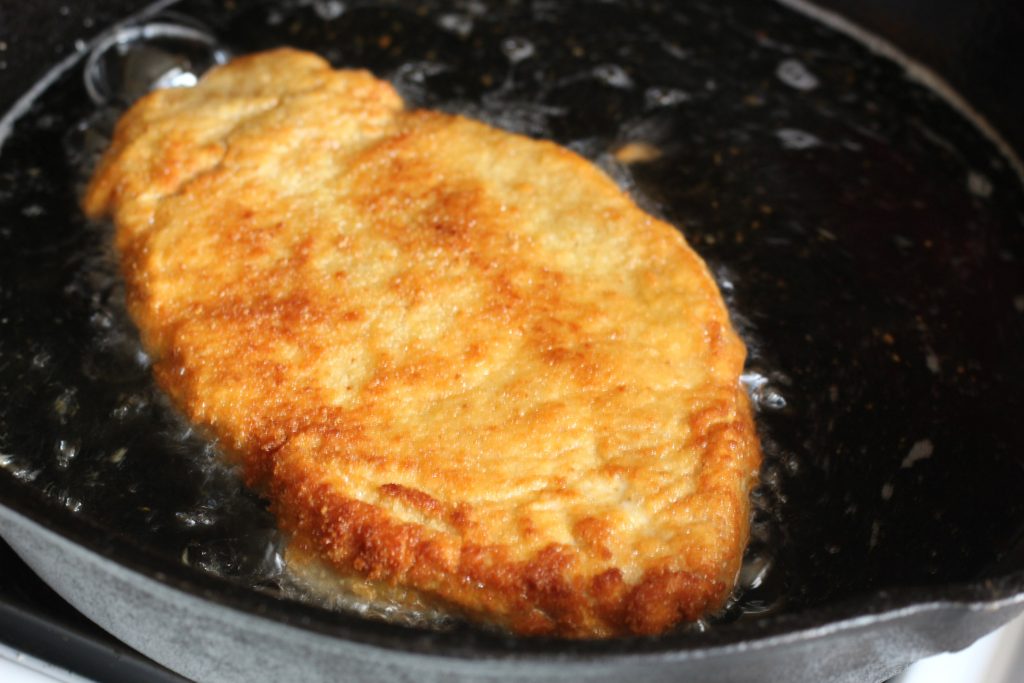
I’ve made this so many times that I can’t give you a precise amount of time before you flip it over. I’d say 3-4 minutes, or until golden brown. If you’ve pounded the pork thin enough, it should only take 5-6 minutes to be thoroughly cooked. Remove the schnitzel onto a paper towel lined plate. It’s ready to enjoy!

My mouth is already watering at the memory of this dish. I always add fresh lemon juice right before cutting into my schnitzel. The pork is moist, and there’s a delectable crunch of the coating.
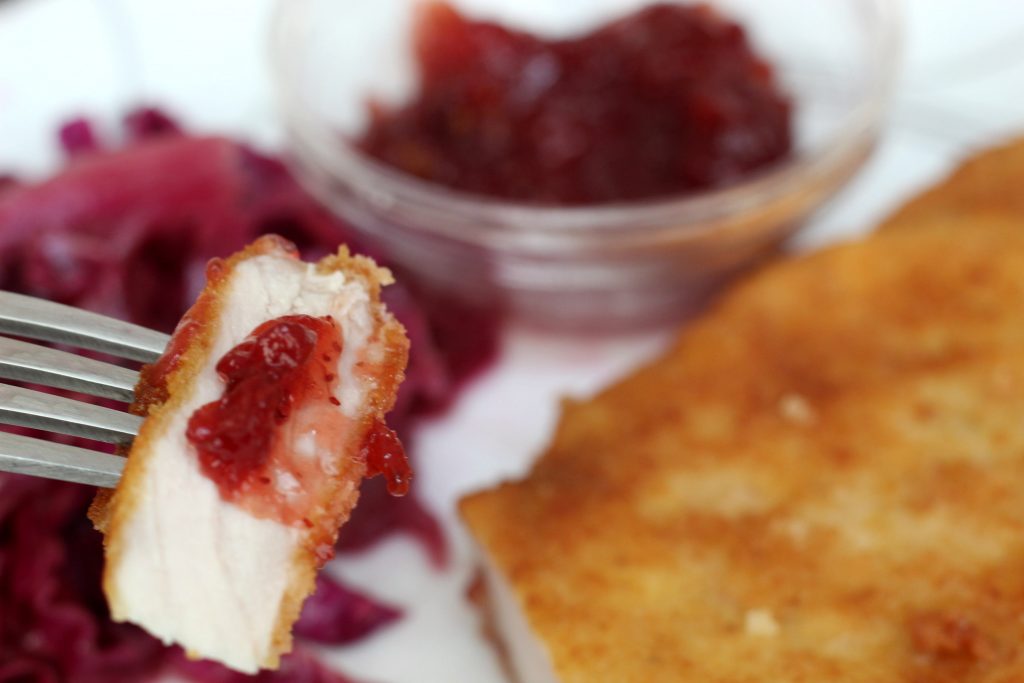
TASTING NOTES: Something that my mother didn’t really do, but I’m glad that I learned when we were in Europe– add some lingonberry jam to your first bite. Wow! There’s the savory flavor of the pork, and then a little sweet-tart of the jam.
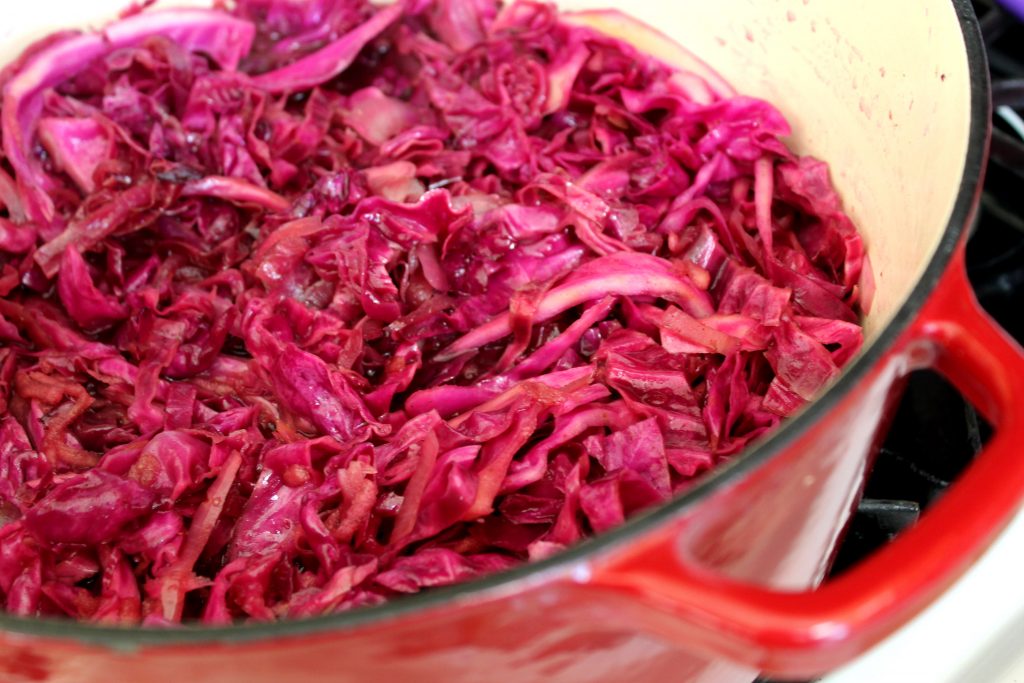
Bavarian-style Red cabbage is a “must” with this dish, in my opinion. Add to that some spaetzle noodles— and you have a German meal that you will love.
VARIATIONS: You certainly can swap out chicken breasts for the pork. You could also use panko crumbs for a heavier “crunch”, though that’s not authentically German.
This recipe was first posted in 2009. I have rewritten and posted updated photos. The recipe is still the same.
German Schnitzel
Ingredients
- 2 boneless pork loin chops pounded thin
- 2 large eggs beaten
- 1 cup all-purpose flour
- 1 cup bread crumbs unseasoned
- salt and pepper t
- vegetable oil or avocado oil
- 1 lemon half to squeeze on the schnitzel and the other half thinly sliced as a garnish
Instructions
- Pat the pork chops dry, and trim off any excess fat. Lightly season with salt and pepper,Place a layer of plastic wrap on top, and pound until thin– about 1/4 inch.
- Creating a "breading station" by placing the flour, egg and bread crumbs in a plate (I use pie plates).
- Coat the pork with flour, gently shaking off any excess.Dip the flour coated pork into the egg and gently shake any excess off.Lay the pork into the bread crumbs and shake the plate to thoroughly coat the pork. Flip the pork over and coat with bread crumbs.
- Heat a skillet with a layer of oil (I use Avocado oil) to coat the skillet to about 1/4" high. Drop in a little bit of bread crumbs to make sure the oil is hot enough so that when you add the pork into the pan, it will immediately begin to sizzle.
- Cook the pork for 3-4 minutes on one side until golden brown. Gently flip over and cook another 3-4 minutes.
- Remove onto a paper towel covered plate; serve with a garnish of lemon juice and a slice on the side.
Notes


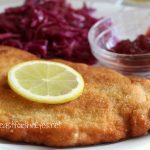
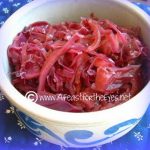



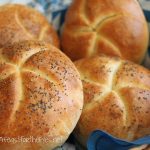
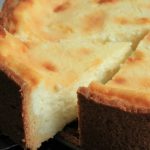
Yummy! Why is that something so simple is SO good?! I could really use a big German meal made of all your latest posts, any time you feel like stopping by. 🙂 And can’t wait to hear your 10 things!!
I’ve met so many wonderful Foodies from the New York area… it sure tempts me to head East so we can all get together to nosh and have a community meal of our signature dishes.
This whole meal looks divine! I have to put Schn itzel on my list of things to make! thanks for sharing!
Hi!
I know this is a rather old post on your super-amazing blog (which I was very lucky enough to run across last week) – but it really helped to inspire me and walk me through making dinner with my husband.
We just recently returned from a trip to Europe which included Vienna as well as Munich, and your recipes were a great gift to find!
I mentioned your blog in my own blog post, which I just finished. I thought you might find it entertaining:)
"A new Cooking with Us podcast and blog post: Wienerschnitzel and German potato salad!!!!
http://www.kumocafe.com/2014/04/cooking-with-us-e14-wienerschnitzel-and.html"
Thanks so much!
-Val!
Valerie Jupe
Hi Valerie, and thanks for the positive feedback. Goodness, these are some of my oldest photos, taken with my old point-and-shoot. I was just learning how to blog, when I posted this. I should take new and updated photos! Glad you found me, and I do have a lot of German recipes posted. Malzeit!
Hi Debby. This may be an older post, but FoodieWife has become my first search option when I need a a refresher – and I always learn something new. Notes: drying the breaded bits is brilliant and IMHO improves the product. Sometimes I use my own bread crumbs and sometimes panko. With panko, I usually give it a quick whizz to make it finer, but this is not essential. (Press it in a little bit?) For some frying I've migrated to a combination of Olive, Canola and Coconut oils. Why limit to just one? (A discussion for another time.) I quit using veal years ago for your reasons and others. (It can be tasty and tender, but the price offends me.) Mostly pork tenderloin, trimmed, pounded etc., and the odd chicken piece. Boneless thigh meat is tasty as less likely to dry out. Pork, even tenderloin is usually a bargain and very tasty. With some crisp, grated veggies over butter lettuce leaves and a light, semi-sweet dressing, boiled yellow potato with green specks and a bit of lemon, this is a Comfort Food class meal that (I) can serve in <an hour. Want it a bit fancier? After cooking the schnitz, keep warm in a low oven, deglaze the pan with white wine (or apple juice?) and make a fast pan sauce. Your blog/archive offers a wealth of brilliant ideas. Most are adaptable for personal taste and yes'm!! Those pictures are world-class. Thank you and Happy New Year. -Craig (The other one.)